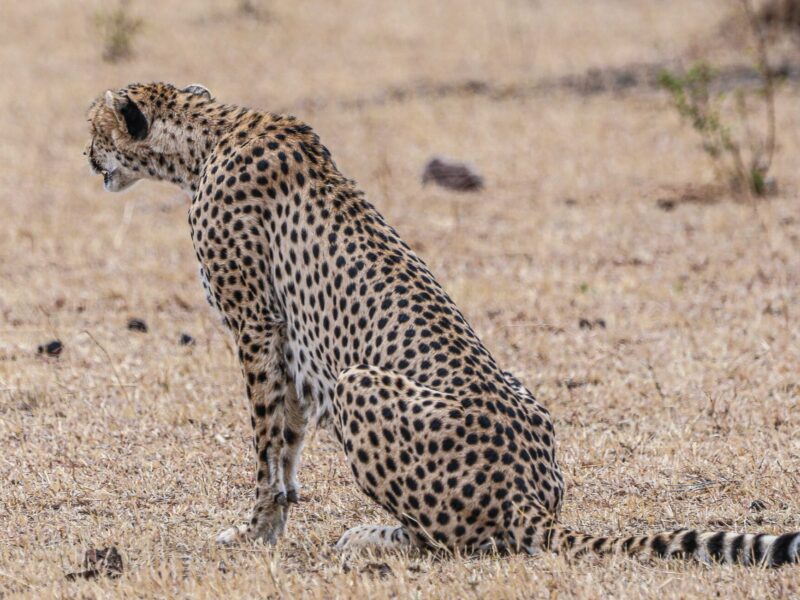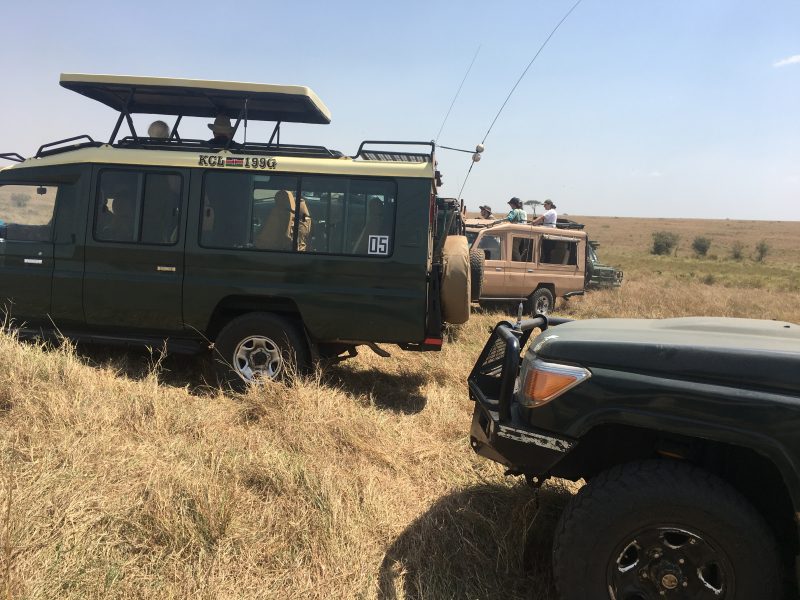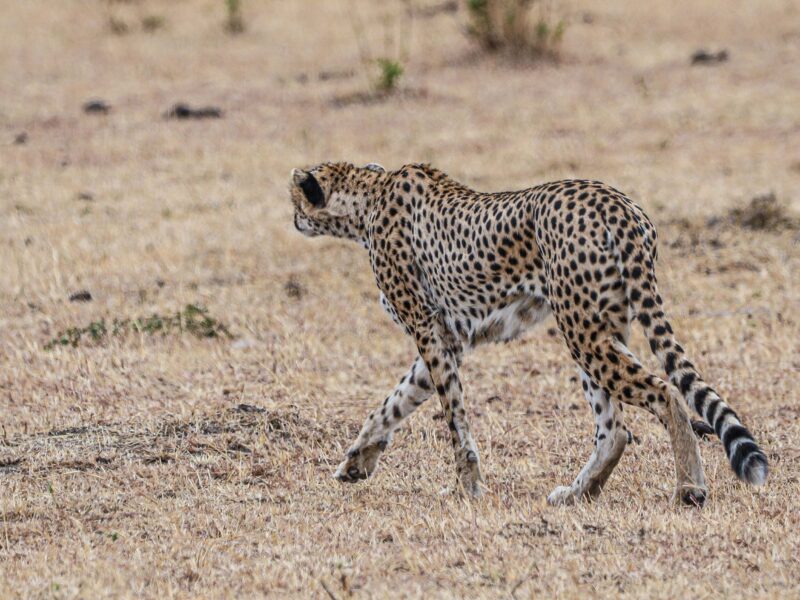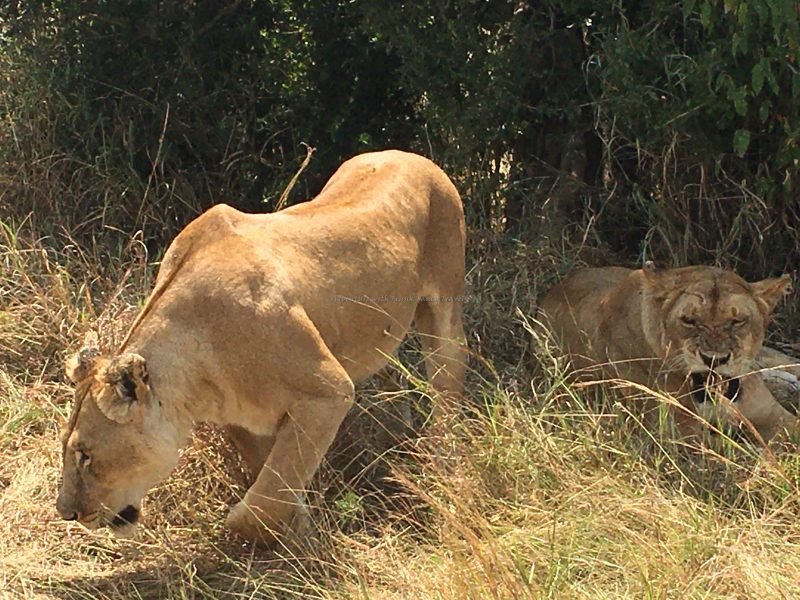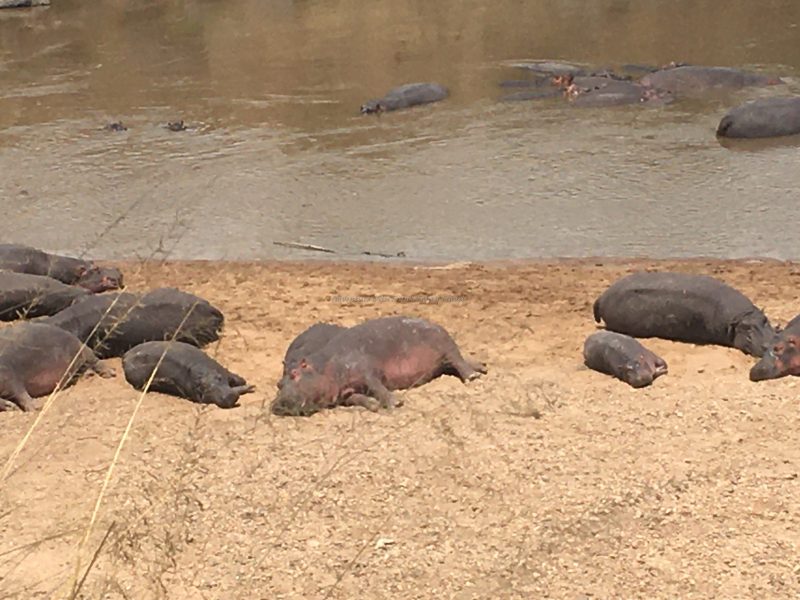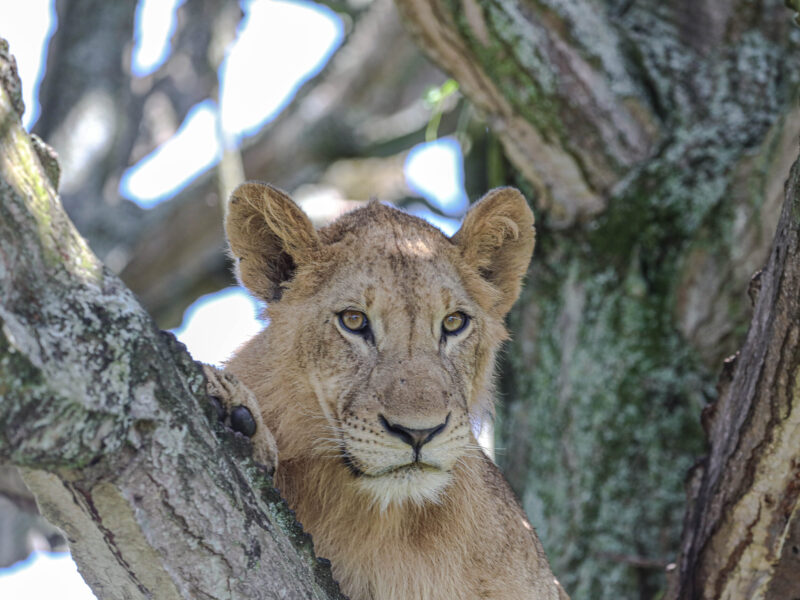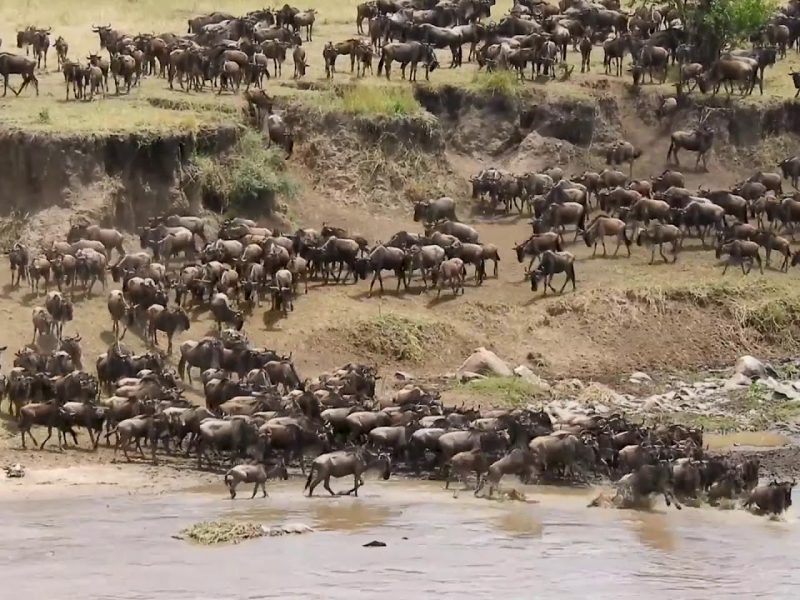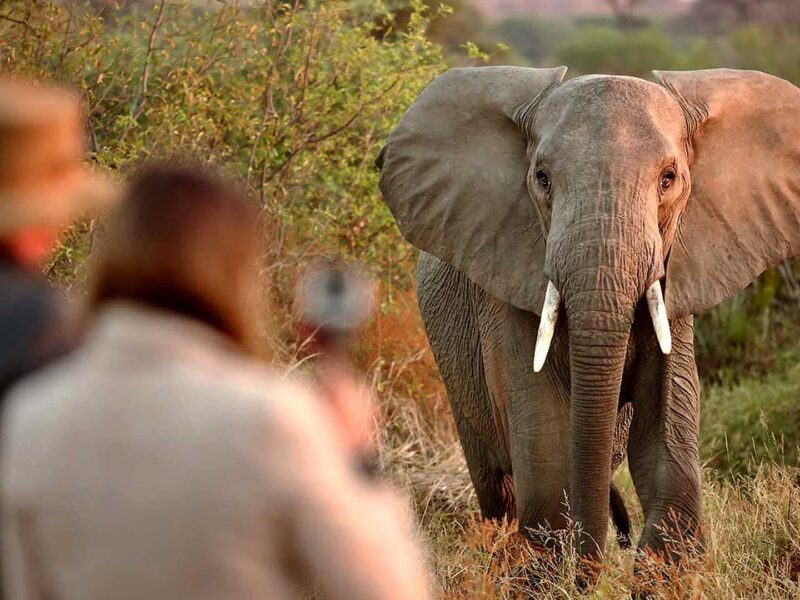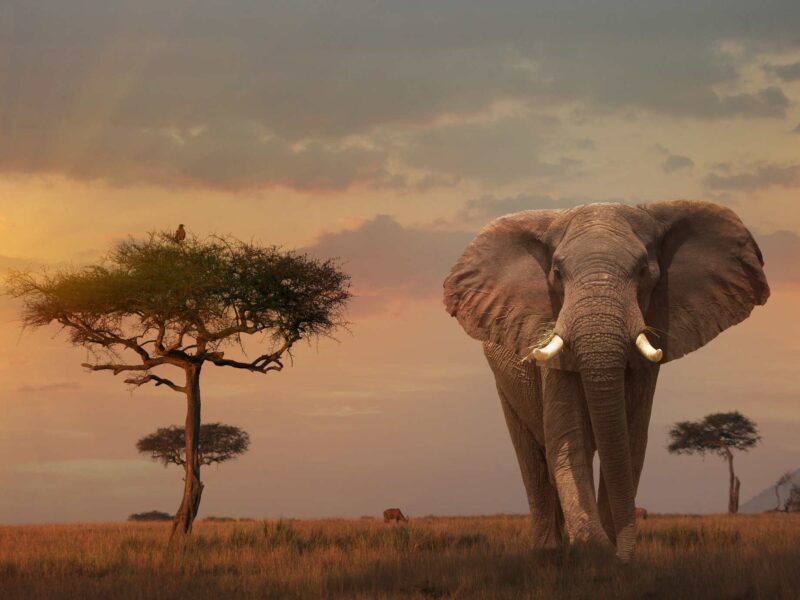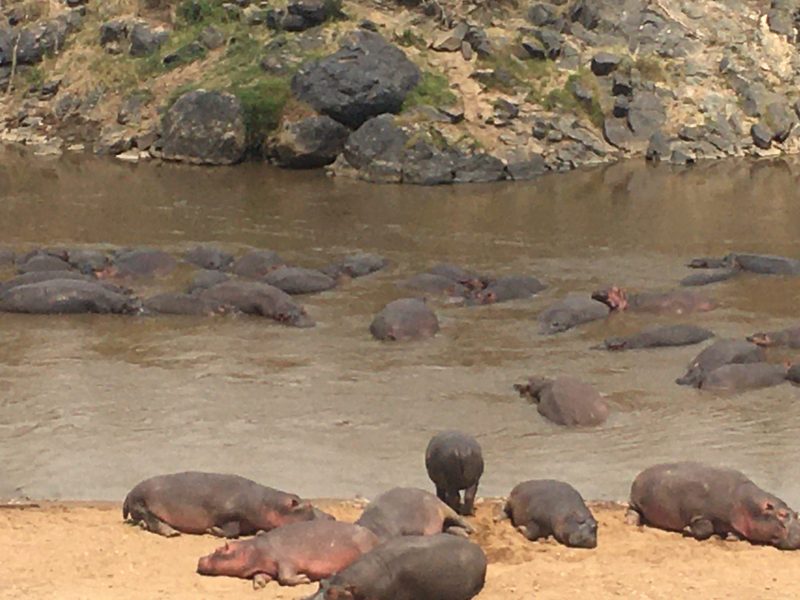Tanzania Safaris | Tanzania Complete Circuit Tour | Best Tanzania Wildlife Safaris
The United Republic of Tanzania is a country found in the Eastern part of Africa and the best wildlife safaris tour destination in Africa. It shares borders with Burundi, Rwanda, Malawi, Kenya, Uganda, Mozambique, the Democratic Republic of Congo, the Comoros Islands, and the Indian ocean. The highest point in the country is Mount Kilimanjaro (the highest mountain in Africa) offering the best mountain climbing safaris in Tanzania and Africa. Tanzania is home to some of the oldest inhabited areas on the planet. Fossils have been discovered at Olduvai Gorge dating back to over 2 million years ago. These early humans were then replaced by hunters/gatherers related to the Khoisan in Southern Africa.
After these early gatherers and hunters, tribes from West Africa started migrating and settling in the country 2,000 years ago. The first foreigners (outside Africa) into the country were Arab and Persian traders. This destination has an exciting cultural safaris tour in Tanzania. They were then joined in 1948 by the first Europeans led by the Portuguese explorer Vasco da Gama. The Portuguese settled in the cost for a relatively short before being driven out by the Arabs. Later on, Germany colonized the country before Britain took over after World War 1. Throughout this time, the islands on the Indian ocean like Zanzibar were governed separately. During its independence in 1964, mainland Tanzania merged with the Zanzibar archipelago to form the United Republic of Tanzania.
Tanzania now has a population of about 56 million people and 120 ethnic groups. Although these ethnic groups each speak their language, they are united by their knowledge of Swahili. To enjoy the best experience in Tanzania safaris, you should at least have some knowledge of Swahili. Swahili is used as the language of communication in the lower courts, primary schools, and during parliamentary debates. English is mainly used for diplomacy, foreign trade, higher courts, and in secondary/ higher institutions of learning. The capital is Dodoma but Dar es Salaam is by far the largest city. It is the country’s commercial and cultural hub with most of the government offices.
Tanzania’s economy depends a lot on agriculture and tourism. Tourism contributes about 17.5 percent to the country’s GDP and over 1.3 million tourists visit the country each year for memorable Tanzania safaris. Because of this, the tourism industry in the country is highly developed compared to that of many countries in Africa. Tanzania has some of the best tourist attractions in the world making safaris to Tanzania the bestselling in East Africa. 38 percent of land in the country is protected or reserved for conservation-related purposes. The country has 17 national parks, 40 reserves, and several marine parks.
Tanzania is one of the top four countries to go for a safari in Africa. Although Kenya enjoys more publicity as a safaris tour destination, Tanzania is special and amazing when it comes to variety while on Safaris in the gem. Tanzania offers amazing cultural safaris tour experiences, beautiful landscapes, beaches, and wildlife encounters that are second to none. From the breathtaking wildebeest migration in the Serengeti to the exotic beaches of Zanzibar, Tanzania has it all for safaris and more.
Best-Selling Tanzania Wildlife Safaris & Adventure Vacations – Kitagata Safaris Uganda
Where to Go for Tanzania Safaris Tour Vacations – Tanzania National Parks
Serengeti National Park
The Serengeti national park is arguably Tanzania’s most popular tourist attraction. It is part of the wider ecosystem which also includes the Simiyu and Mara regions in Kenya. The park consists of acacia trees, savannah grasslands, woodlands, and small forests. The annual wildlife migration within and outside the Serengeti is one of the world’s greatest wildlife spectacles.
During this migration, over 1 million wildebeest and 250,000 zebras move around the Serengeti and then cross the Mara river to Kenya. They go through great challenges and have to cross crocodile-infested rivers and lion territories. While on safari in the Serengeti, you can spot elephants, buffaloes, cheetahs, giraffes, impala, hyenas, eland, gazelle, ostriches, and wild dogs.
If you can afford the hot-air balloon experience, then go for it. Since the animals, move a lot during the dry season, it is important to plan your Tanzania Safaris trip during specific months. A good tour operator can guide you on the best time to visit and what to carry along.
Ngorongoro Conservation Area
The Ngorongoro Conservation Area is located next to the Serengeti and is 180 kilometers away from the city of Arusha. It is a UNESCO World Heritage Site and is considered one of the top 10 natural wonders of the world. There was a time when it was part of the Serengeti National Park but a decision was made to manage it as a separate wildlife conservation area.
The key feature of the reserve is a large volcanic caldera/crater which acts as a natural enclosure that keeps most of Africa’s famous wildlife together. Because of this protective shield and constant water throughout the year, the animals here do not migrate as much as those of the Serengeti. Visitors can expect to spot them throughout the year.
The animals to look out for are lions, black rhinos, leopards, elephants, flamingos, and buffaloes. The varied landscape includes forests, bushes, Savannah grasslands, volcanic features, and saline lakes. The government has allowed the Masai tribesmen to continue living and taking care of their domestic within the conservation area.
Tarangire National Park
Tarangire is the sixth largest park in Tanzania. It covers an area of about 2,850 square kilometers. The park gets its name from the Tarangire river which crosses the park and is a major source of water for the animals, especially during the dry season. One striking feature in the park is the old Baobab tree and countless termite mounds.
Though smaller than Ruaha, the park receives almost the same number of visitors because it is closer to the Serengeti, Ngorongoro Crater, and the Masai Mara in Kenya. Tarangire has one of the largest populations of elephants in Africa and is home to tree-climbing lions. Apart from lions and elephants, expect to encounter impala, giraffe, zebras, and wildebeest.
Tarangire National Park is a birder’s paradise with over 550 species. During the dry season, the park receives thousands of birds and animals from other nearby parks – especially the Manyara National Park. At the height of this migration, the number of elephants can rival any anywhere in the world.
Lake Manyara National Park
This park is found close to the city of Arusha. Much of the park is made up of 330 square kilometers of water and forest. Lake Manyara is a key feature in the park. The soda/alkaline lake is considered to be one of the best places for birding in East Africa. During the rainy season, over 300 species of migratory birds visit the lake including flamingos.
Many of the birds leave during the dry season once the lake starts losing its water due to evaporation. However, flocks of flamingoes remain and so do the resident mammals. You can spot hippos, elephants, giraffes, and wildebeests. Perhaps the greatest attractions of the park are the rare tree-climbing lions of Lake Manyara.
Spotting lions climbing and resting on top of acacia trees is very rare. You can only see tree climbing lions here, in Queen Elizabeth National Park of Uganda, and Kruger National Park of South Africa. Safaris to the Serengeti or Ngoro Ngoro crater are often combined with a visit to Lake Manyara to offer tourists an opportunity to view wildlife in a lake and tropical forest environment.
Information About Traveling to Tanzania for Safaris
To enter Tanzania, you will most probably need to arrive through two of the country’s largest airports – The Kilimanjaro international airport and Julius Nyerere International Airport. Once in the country, you can board a bus or train from the big cities to any destination within the country. If you are arriving from Kenya, you can take a bus from Nairobi to Arusha and then to national parks like the Serengeti.
Within a town or city, the best means of transport is using a private taxi or a small bus – known as Dalla-Dalla. These stop anywhere and do not have specific schedules or a fixed number of passengers. Tanzania has a good railway network connecting to its neighbors Kenya and Zambia. It may not be developed to the highest standards but it is safe. If you love adventure and marveling at the beautiful scenery, then take a train.
To enter the country, one needs to have a Tanzania visa. Visas can be obtained from the nearest Tanzanian embassy or diplomatic mission. It is also possible to obtain a visa from the airport and the different ports of entry into the country. Citizens of the East African Community and some SADC countries may not need a tourism Visa. The tourism visa costs about $50. Tanzania has not yet adopted the multiple entry East African Tourist Visa system that allows one to enter countries in East Africa simultaneously. Before applying for the Tanzanian Visa, ensure that your passport is valid for at least six months.
Before traveling to Tanzania, ensure that you have taken a yellow fever shot. Proof of inoculation will be required in form of a certificate. Malaria is a real threat in Tanzania and you need to take anti-malarial pills before traveling. You also need to consider vaccinating against hepatitis B, dengue fever, typhoid, and tetanus (They are not a requirement like yellow fever).
The main currency in the country is the Tanzanian shilling. US Dollars and credit cards are widely accepted. That said, we recommend that you get hold of Tanzanian shillings just to be on the safe side. You will find yourself unable to use your credit card in some cases. Almost all ATMs do not issue foreign currency. If you are planning to purchase items while in Tanzania, know that there are no fixed prices except if you are to go to large shopping malls. It is therefore important to learn how to bargain if you are planning to stay in Tanzania for a while. Bargaining skills are very important when buying a local souvenir or when visiting the local central markets.
Like most countries in East Africa, tipping Guides, Rangers, and hotel staff is something you need to consider. It may be a good or bad thing depending on your values. Regardless, it is important to note that many of the Guides and Hotel staff in developing countries are paid poorly. Some work only seasonally. It is therefore important to reward those who do an excellent job of ensuring that your time was spent well while in the country. You will need cash to pay for the tips. If you feel that giving tips creates a dependency syndrome, then simply thank them for any extra good work.
Tanzania has a humid and hot climate for most of the year depending on the region you are visiting. The best time to visit Tanzania for safaris is during the dry season. The dry season falls from May to July and also from November to March. The rainy season also occurs twice but is more pronounced around April. You will therefore be surprised to find towns and cities close to mountains like Kilimanjaro and Meru colder than your country.
Tanzania is a relatively safe country for both women and men. It has advanced community policing systems where people are involved in identifying criminals. However, you need to exercise caution and avoid traveling at night, especially in large cities like Dar es Salaam. Avoid lone streets and ensure that you move with a Local Guide when in places you are not familiar with.
While in the national parks, you need to be cautious as you might encounter all kinds of insects, poisonous snakes, and predators. Some of the beaches may have sharks during certain times of the month. Always choose a trustworthy tour operator to manage your safari. Read reviews about the company you are planning to use and ensure that there are no red flags before sending any money. Your tour operator is very key in ensuring that you are safe at all times.
Last but not least, it is important to travel with proper clothing for both a standard safari and for the Indian ocean beaches. Bright-colored clothes attract insects. Wear something white or put on khakis. Tanzanians are modest people and it would be wise to dress conservatively when away from the beach.
been discovered at Olduvai Gorge dating back to over 2 million years ago. These early humans were then replaced by hunters/gatherers related to the Khoisan in Southern Africa. After these early gatherers and hunters, tribes from West Africa started migrating and settling in the country 2,000 years ago. The first foreigners (outside Africa) into the country were Arab and Persian traders. They were then joined in 1948 by the first Europeans led by the Portuguese explorer Vasco da Gama.
The Portuguese settled in the cost for a relatively short before being driven out by the Arabs. Later on, Germany colonized the country before Britain took over after world war 1. Throughout this time, the islands on the Indian ocean like Zanzibar were governed separately. During its independence in 1964, mainland Tanzania merged with the Zanzibar archipelago to form the United Republic of Tanzania.
Tanzania now has a population of about 56 million people and 120 ethnic groups. Although these ethnic groups each speak their language, they are united by their knowledge of Swahili. Swahili is used as the language of communication in the lower courts, primary schools, and during parliamentary debates. English is mainly used for diplomacy, foreign trade, higher courts, and in secondary/ higher institutions of learning. The capital is Dodoma but Dar es Salaam is by far the largest city. It is the country’s commercial and cultural hub with most of the government offices.
Tanzania’s economy depends a lot on agriculture and tourism. Tourism contributes about 17.5 percent to the country’s GDP and over 1.3 million tourists visit the country each year. Because of this, the tourism industry in the country is highly developed compared to that of many countries in Africa. Tanzania has some of the best tourist attractions in the world.
38 percent of land in the country is protected or reserved for conservation-related purposes. The country has 17 national parks, 40 reserves, and several marine parks. Tanzania is one of the top four countries to go for a safari in Africa. Although Kenya enjoys more publicity as a safari destination, Tanzania is special and amazing when it comes to variety.
Tanzania offers amazing cultural experiences, beautiful landscapes, beaches, and wildlife encounters that are second to none. From the breathtaking wildebeest migration in the Serengeti to the exotic beaches of Zanzibar, Tanzania has it all and more.


